Do you have a question about the MELAG Vacuklav 31-B and is the answer not in the manual?
Provides detailed technical specifications, including dimensions, power, and operational parameters.
Describes the autoclave's control panel layout, buttons, and display functions.
Details the key performance features such as air removal, sterilization categories, and vacuum drying.
Outlines the necessary conditions and space requirements for properly installing the autoclave.
Provides a step-by-step guide for performing a vacuum test to check for leaks.
Lists critical safety warnings and precautions for operating the autoclave.
Discusses the importance of water quality and power supply for sterilization cycles.
Essential guidelines for cleaning and preparing instruments to ensure effective sterilization.
Instructions on correct loading procedures for optimal sterilization and drying results.
Explains how to choose the appropriate sterilization program based on load type.
Instructions on how to safely stop a running sterilization program.
Guidance on how to interpret and respond to system warnings and error messages.
Information on archiving and printing sterilization cycle records using internal memory or external devices.
General advice on troubleshooting and handling malfunctions.
Specific troubleshooting steps for issues not accompanied by error codes.
Steps to take when the autoclave fails to dry items properly.
Explains common warning messages and their corrective actions.
Lists various error messages, their causes, and recommended corrective actions.
Guidelines for preparing instruments to prevent rust and ensure sterilization effectiveness.
Information on identifying and removing rust contamination brought into the autoclave by instruments.
Routine maintenance procedures for cleaning and caring for the autoclave.
Detailed guidance on the drying process and how to achieve optimal results.
Rules for loading textiles and instruments to optimize the sterilization and drying process.
Provides detailed technical specifications, including dimensions, power, and operational parameters.
Describes the autoclave's control panel layout, buttons, and display functions.
Details the key performance features such as air removal, sterilization categories, and vacuum drying.
Outlines the necessary conditions and space requirements for properly installing the autoclave.
Provides a step-by-step guide for performing a vacuum test to check for leaks.
Lists critical safety warnings and precautions for operating the autoclave.
Discusses the importance of water quality and power supply for sterilization cycles.
Essential guidelines for cleaning and preparing instruments to ensure effective sterilization.
Instructions on correct loading procedures for optimal sterilization and drying results.
Explains how to choose the appropriate sterilization program based on load type.
Instructions on how to safely stop a running sterilization program.
Guidance on how to interpret and respond to system warnings and error messages.
Information on archiving and printing sterilization cycle records using internal memory or external devices.
General advice on troubleshooting and handling malfunctions.
Specific troubleshooting steps for issues not accompanied by error codes.
Steps to take when the autoclave fails to dry items properly.
Explains common warning messages and their corrective actions.
Lists various error messages, their causes, and recommended corrective actions.
Guidelines for preparing instruments to prevent rust and ensure sterilization effectiveness.
Information on identifying and removing rust contamination brought into the autoclave by instruments.
Routine maintenance procedures for cleaning and caring for the autoclave.
Detailed guidance on the drying process and how to achieve optimal results.
Rules for loading textiles and instruments to optimize the sterilization and drying process.
| Type | Steam Sterilizer |
|---|---|
| Class | B |
| Power Supply | 230 V |
| Voltage | 230 V |
| Frequency | 50-60 Hz |
| Sterilization Temperature | 134°C |
| Control System | Microprocessor-controlled |
| Drying System | Vacuum drying |
| Water Supply | Integrated water tank |
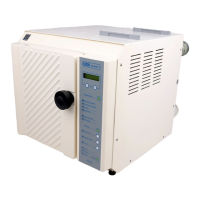
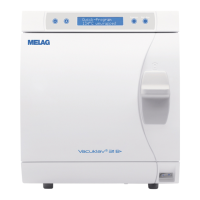
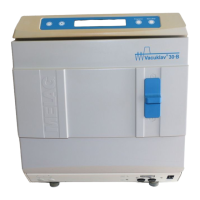
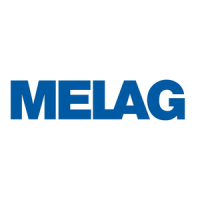
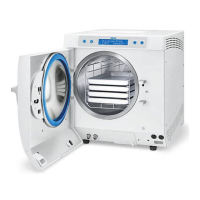
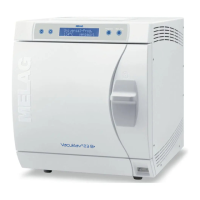
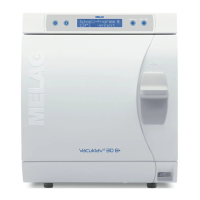
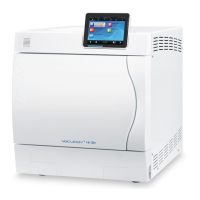

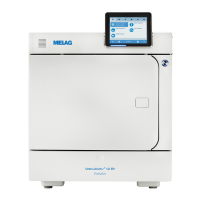


